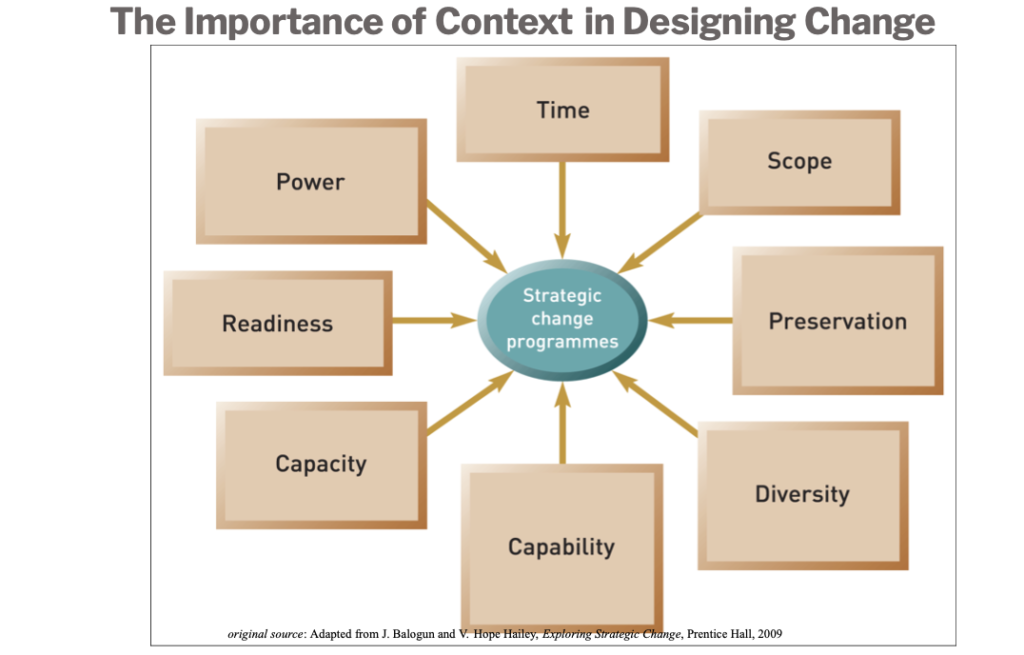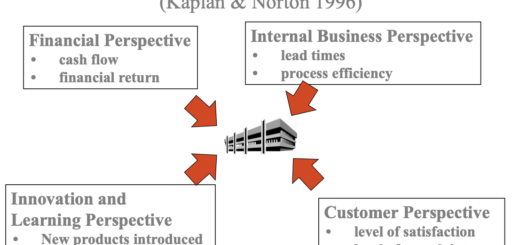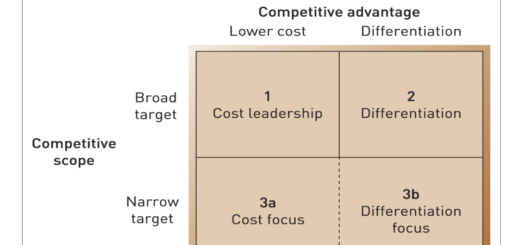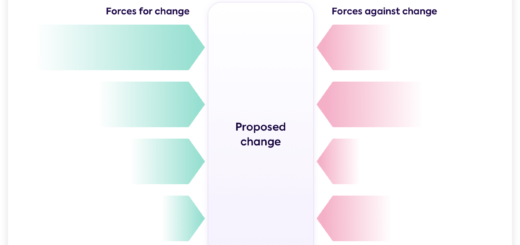Change Kaleidoscope – Change Management Models
The Change Kaleidoscope model, developed by Hope Hailey and Balogun, is a framework that provides a comprehensive approach to change management. The model is designed to help organizations understand the different elements involved in a change initiative and how they interact to achieve the desired results.
Change kaleidoscope, also known as a change mixture, refers to the collection of various elements or components that are combined together to create a change initiative. This approach recognizes that change is complex and multifaceted, and requires consideration of multiple factors to be successful.

The Importance of Context in Designing Change
Contextual Feature:
Context plays a critical role in designing change initiatives that are effective and sustainable. The success of any change effort depends on a range of factors, including the organizational culture, stakeholder perspectives, the external environment, and the available resources. A thorough understanding of these contextual factors is essential for designing a change process that addresses the root causes of the problem and leverages the opportunities available.
To help guide the change design process, the Change Kaleidoscope model can be used. This model highlights eight key factors that need to be considered when designing change initiatives: time, scope, preservation, diversity, capability, capacity, readiness, and power.
Time: Time refers to the duration of the change process, and the pace at which change is implemented. Some changes can be implemented quickly, while others may take years to fully implement. Understanding the timeline for change is essential for planning and resource allocation.
- How quickly is change needed?
- Is it long term of short term?
- Is it a crisis?
Scope: Scope refers to the breadth and depth of the change initiative. This includes the number of departments or functions impacted by the change, as well as the degree of change required within each of these areas.
- How much change is needed?
- How deep a change is it – relatively superficial or transformational?
- Whole organisation or just one part?
Preservation: Preservation is the consideration of what aspects of the organization or process need to be preserved during the change process. This includes understanding the values, culture, and practices that are essential to the organization’s identity.
- What organisational resources and characteristics need to be maintained?
- What is working well that should not be damaged?
- What needs to be destroyed?
Diversity: Diversity refers to the range of perspectives, skills, and experiences of the stakeholders involved in the change process. Understanding these perspectives is critical for designing an inclusive and effective change process. How homogeneous are the staff groups and divisions within the organisation? Will the change impact particular groups differently e.g. gender, ethnicity, profession, or is everyone impacted in much the same way?
Capability: Capability refers to the skills, knowledge, and resources required to implement the change initiative. It includes assessing the readiness of the organization to implement the change, as well as the availability of resources and expertise.
- What is the managerial and personal capability to implement change?
- Do people have competence and ability to deliver change?
- Think about individuals, groups, managers and staff
Capacity: Capacity refers to the ability of the organization to sustain the change over time. This includes assessing the infrastructure and systems required to support the change, as well as the capacity of the organization to adapt to future changes.
- What is the degree of change resources available?
- Think about the amount of money, people, time that is needed and available to make the required changes.
Readiness: Readiness refers to the willingness and motivation of stakeholders to participate in the change process. Understanding the level of resistance to change and the factors driving it is essential for designing strategies to engage stakeholders and build buy-in.
- How ready for change are the workforce?
- Are people aware of the changes?
- Are they committed to implementing change?
Power: Power refers to the distribution of power and influence within the organization. Understanding these power dynamics is critical for designing change processes that are sensitive to the interests and concerns of different stakeholders.
- What power and autonomy does the change leader have to impose change?
- Do staff have the power to resist or ignore change if they want to?
In conclusion, the Change Kaleidoscope model highlights the importance of context in designing change initiatives. By considering these eight key factors, organizations can design change processes that are tailored to their unique circumstances, address the root causes of the problem, and leverage the opportunities available.





Hi, I do think this is a great web site. I stumbledupon it 😉 I may return yet again since I book marked it. Money and freedom is the best way to change, may you be rich and continue to guide others.
Thank you for sharing indeed great looking !